Content
Nestled in the sea, the island of Guernsey tells a tale soaked in salty maritime traditions. Fishermen, braving the waves, have long been part of this story, dressed in their unique array of traditional clothing. And among these garments, the iconic Guernsey sweater stands out, a symbol of the island’s rich heritage, woven tightly with its seafaring past. These garments were not just a matter of fashion but were designed with functionality and protection in mind. Let’s explore these traditional clothes, understanding their design, purpose, and historical significance.
Smocks
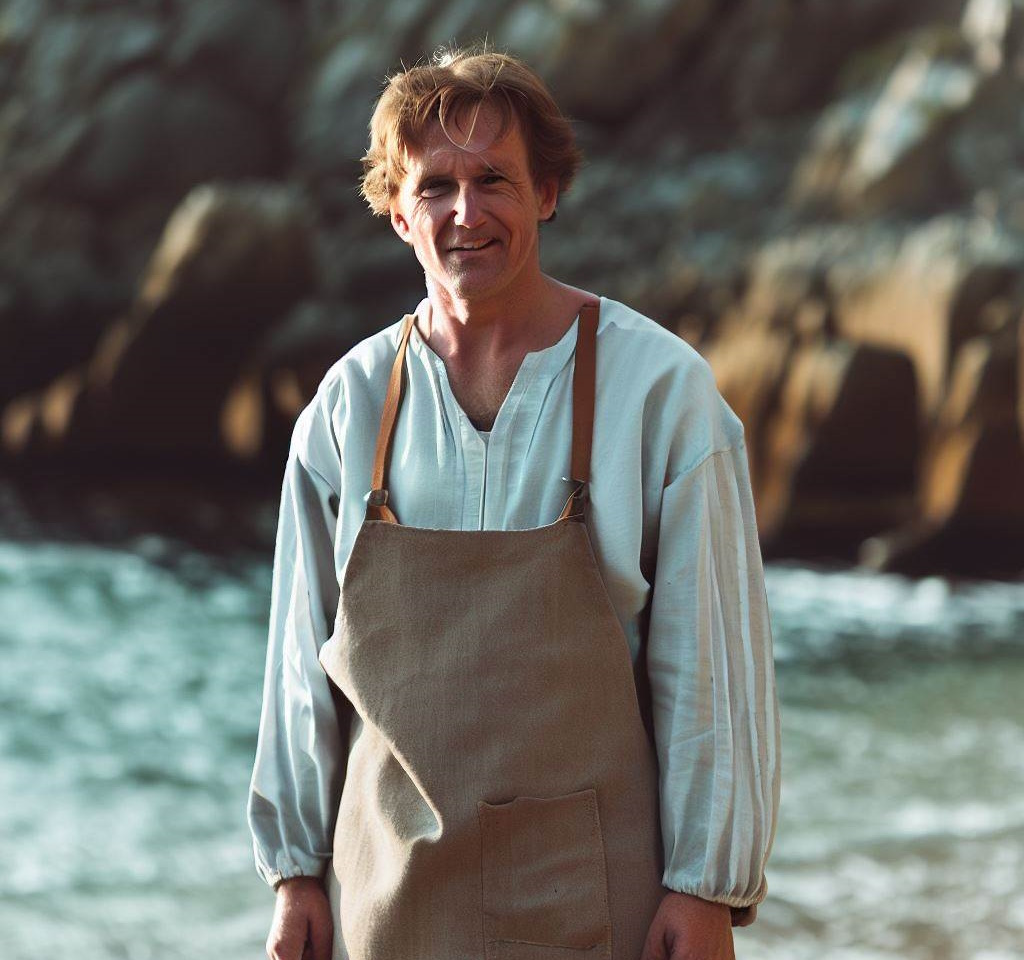
The fishermen’s smock is a classic piece of Guernsey clothing. Created using heavy cotton or linen, the smock was a loose-fitting garment that protected the wearer from the elements.
- Construction: The smock was designed without side seams, minimizing areas where water could penetrate. This was essential in keeping fishermen dry.
- Decoration: Although primarily utilitarian, smocks were often adorned with embroidery, especially around the collar and cuffs, a practice that showcased the individual’s identity and community.
- Historical Use: Smocks were not exclusive to Guernsey; they were used by working-class people across the British Isles. However, regional variations in design and decoration set the Guernsey smock apart.
Oilskins
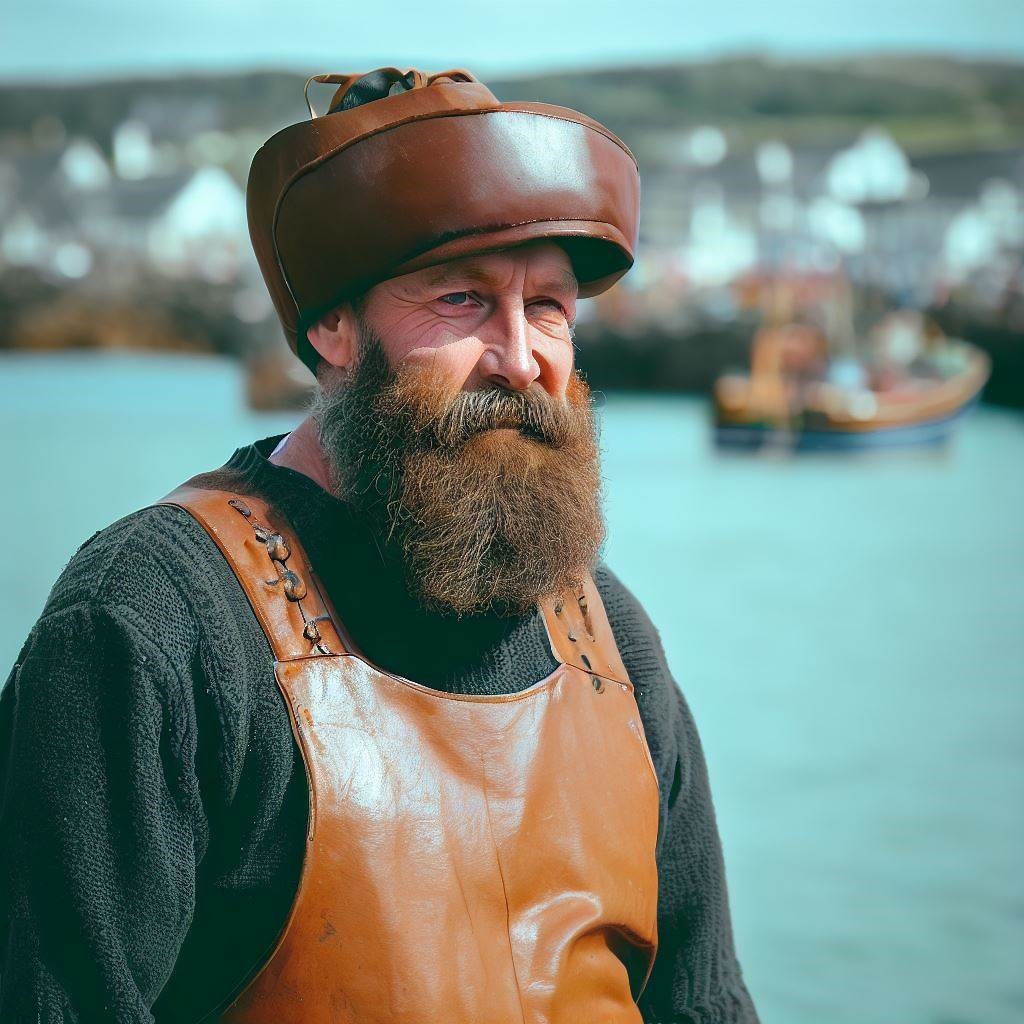
Oilskins, waterproof garments treated with oil, were indispensable for the Guernsey fishermen.
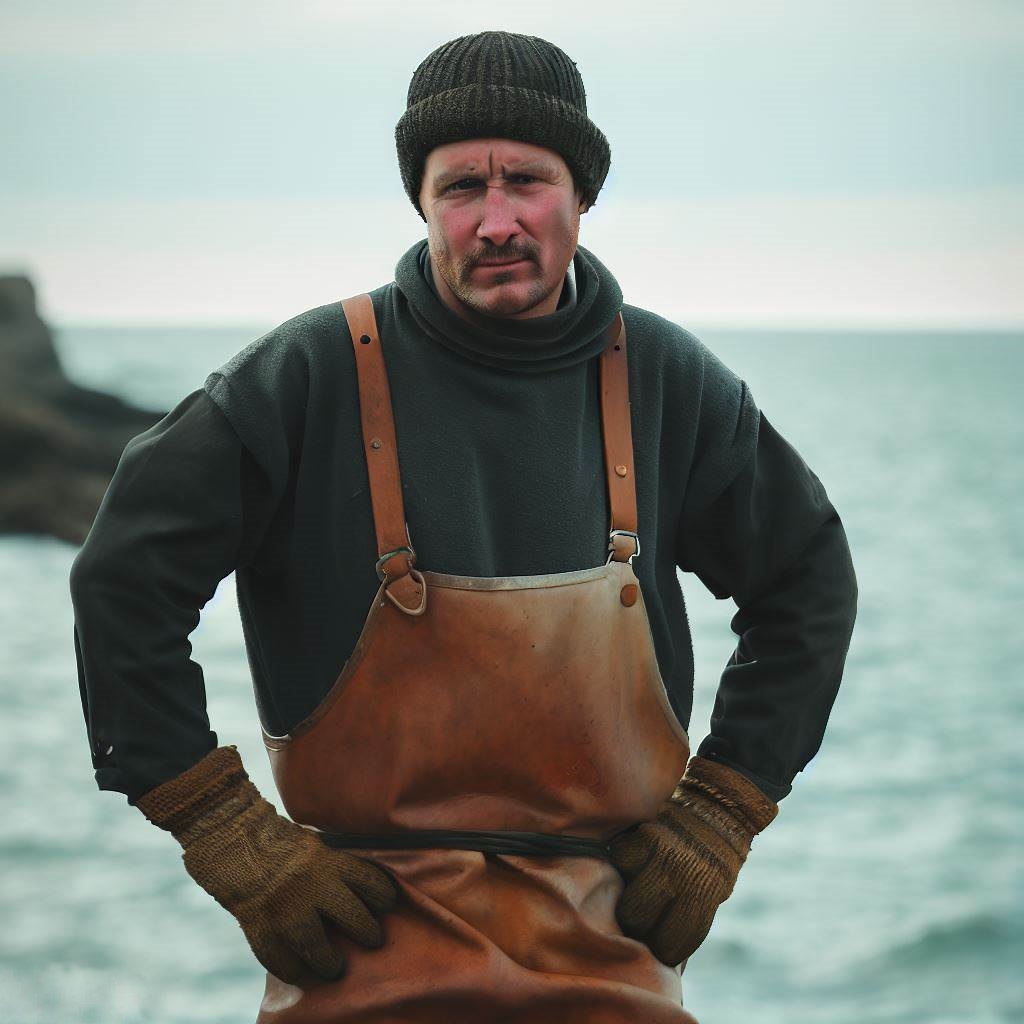
- Materials: Typically made from heavy linen or cotton coated with linseed oil, oilskins provided an impermeable barrier against wind and rain.
- Types: There were several types of oilskins, including jackets, trousers, and hats, each tailored to the specific needs of the fishermen.
- Evolution: With the advent of modern materials, oilskins evolved into more comfortable and breathable garments. Yet, traditional oilskin clothing still holds nostalgic value and symbolizes the rugged life of the fishermen.
Sea Boots
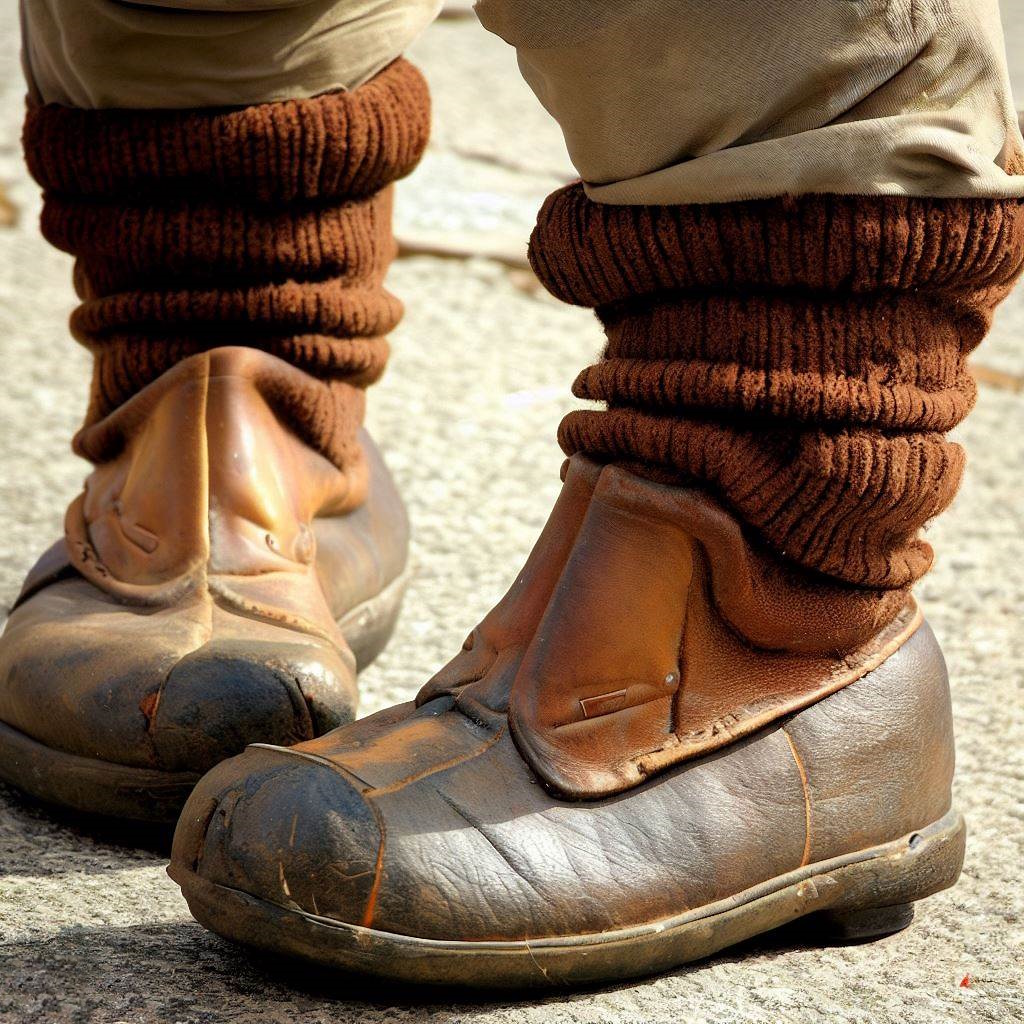
Footwear was a crucial part of the fisherman’s attire. Sea boots, made from leather and treated with oil or grease, provided both protection and comfort.
- Design: These boots were designed to be knee-high to prevent water ingress and were often lined with fur or fabric for warmth.
- Cultural Significance: Sea boots became a symbol of the fishermen’s hardworking nature. Their robust construction epitomized the resilience required to face the harsh sea conditions.
Hats and Caps
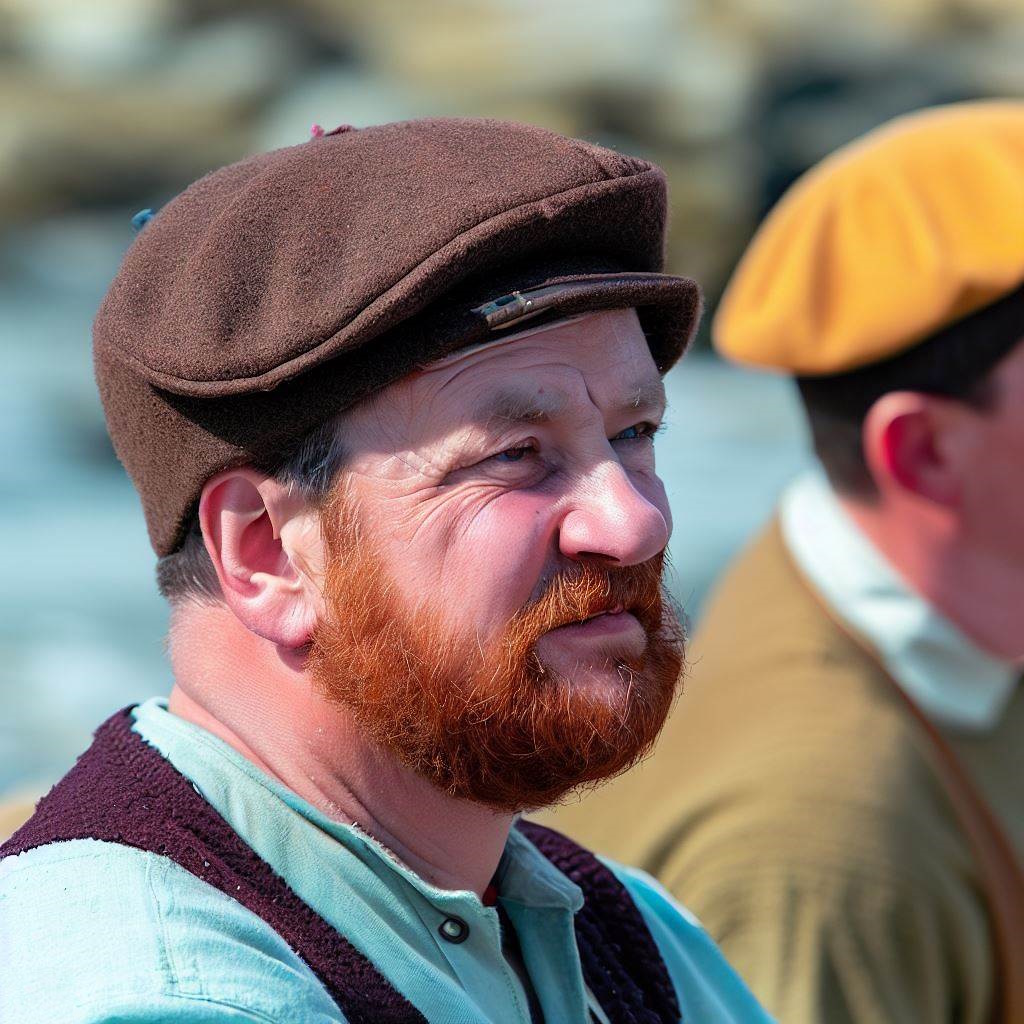
Hats were more than mere accessories; they served as vital protection against the elements.
- Sou’wester: Named after the prevailing south-westerly winds, this broad-brimmed, waterproof hat shielded fishermen from rain and spray.
- Knitted Caps: Often complementing the Guernsey sweater, these woolen caps provided warmth and were typically adorned with motifs similar to those found on the sweaters.
The Heritage
The traditional clothing of Guernsey’s fishermen tells a story of a community deeply intertwined with the sea. From the functional design of the oilskins to the decorative embroidery on the smocks, each garment reflects a blend of practicality, identity, and heritage.
As we don the contemporary versions of these traditional clothes today, we’re not merely making a fashion statement; we’re embracing a legacy.
In a world where fashion is often fleeting, the timelessness of Guernsey’s traditional fishermen’s clothing serves as a reminder of our connection to history and culture. These garments, infused with the spirit of the sea, continue to inspire and resonate, capturing the essence of an island that has weathered storms and celebrated triumphs, always anchored by its enduring traditions.

